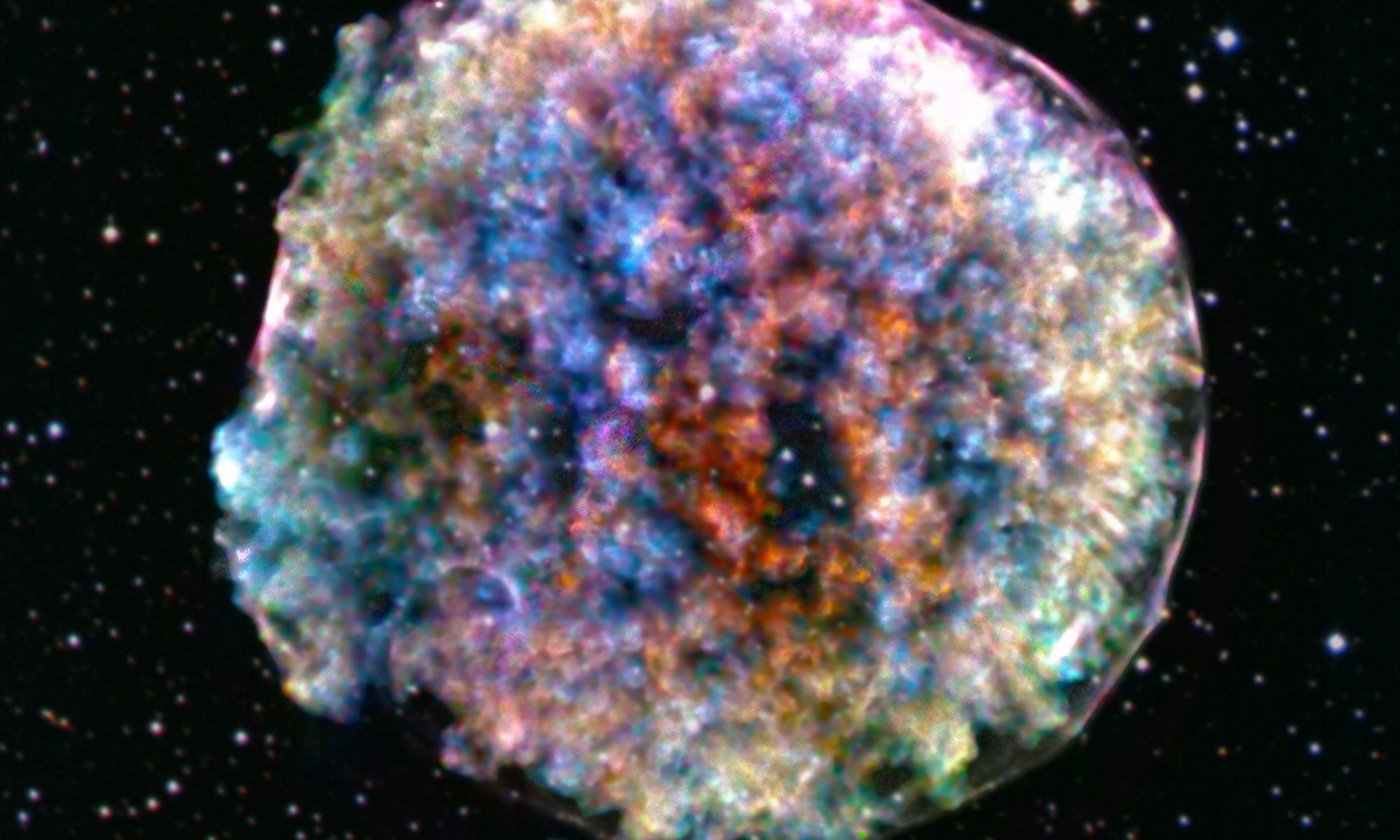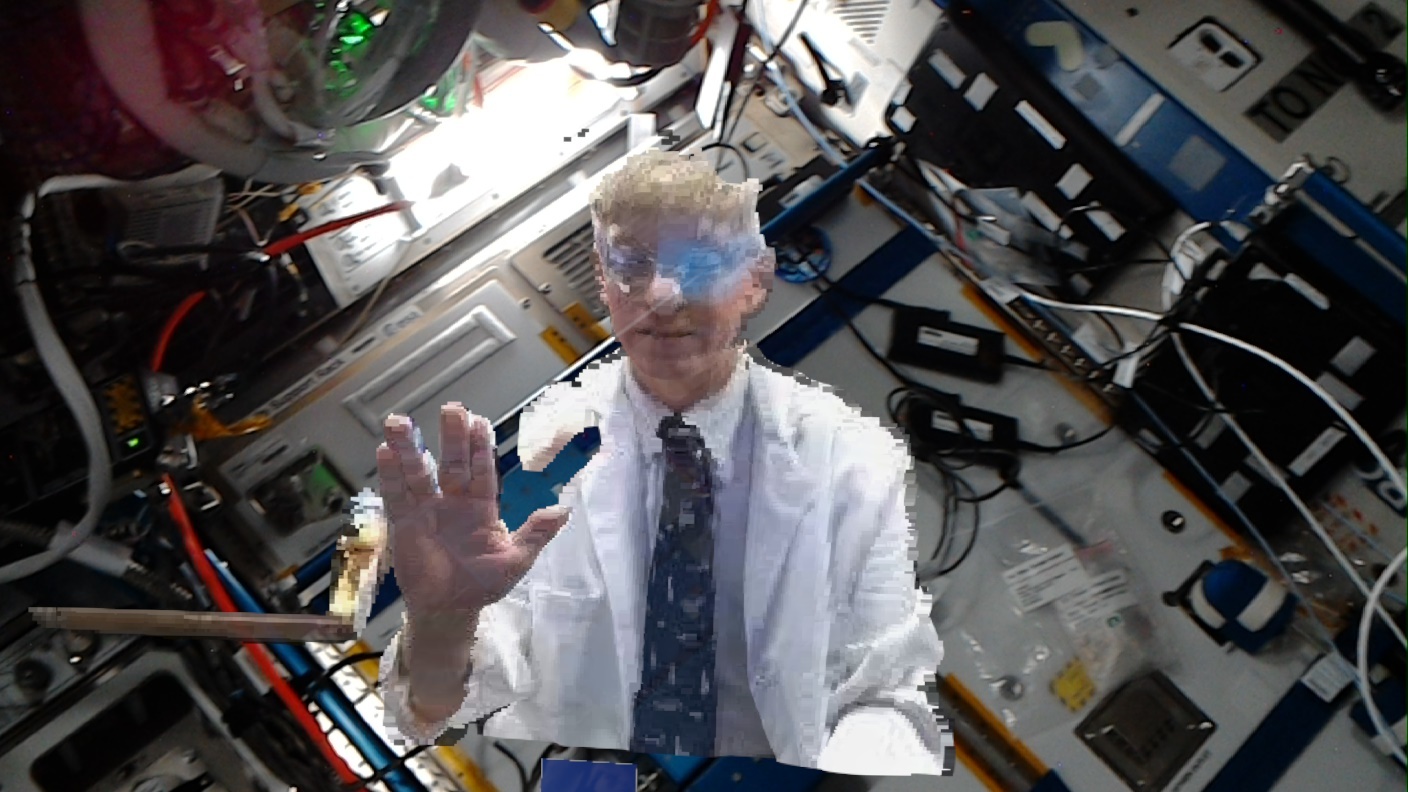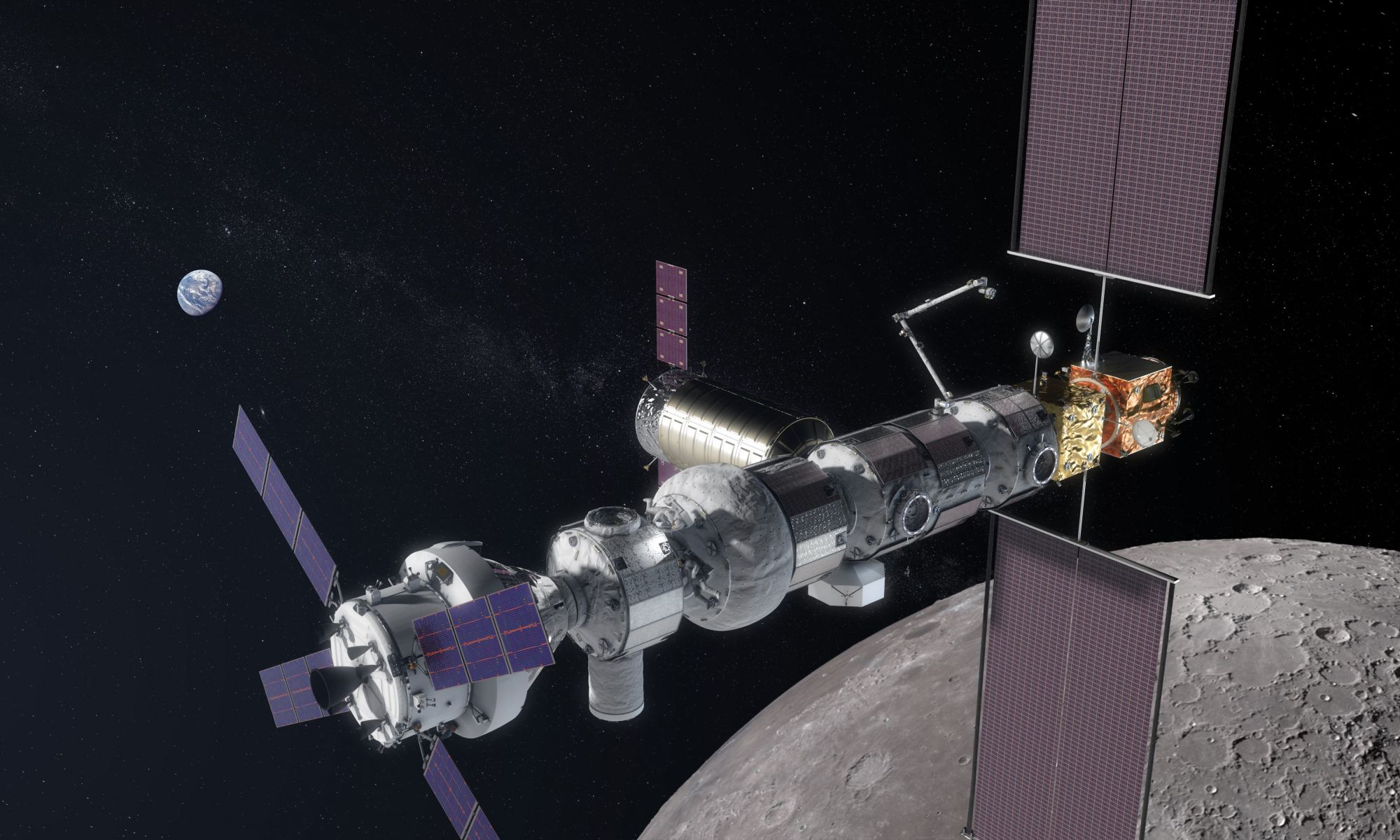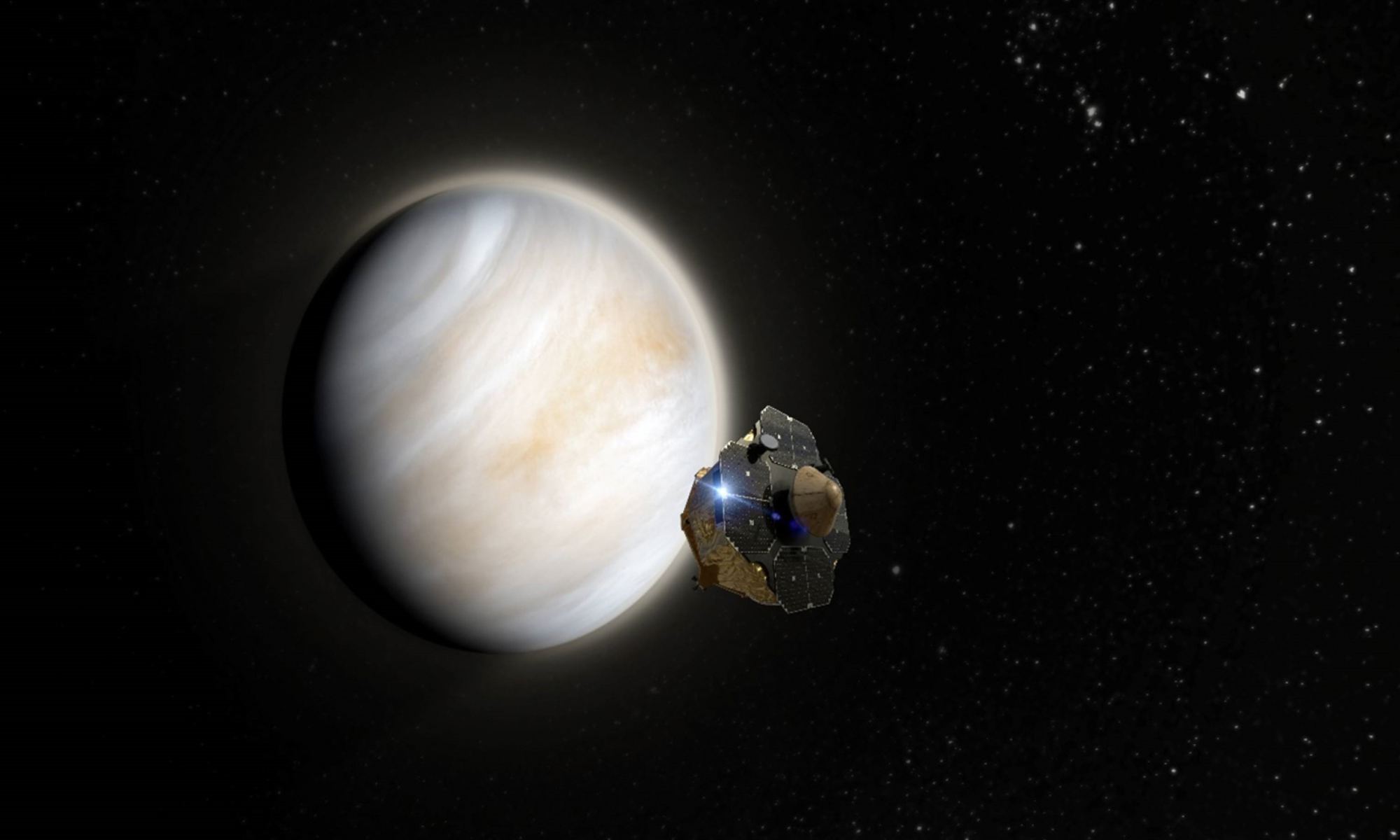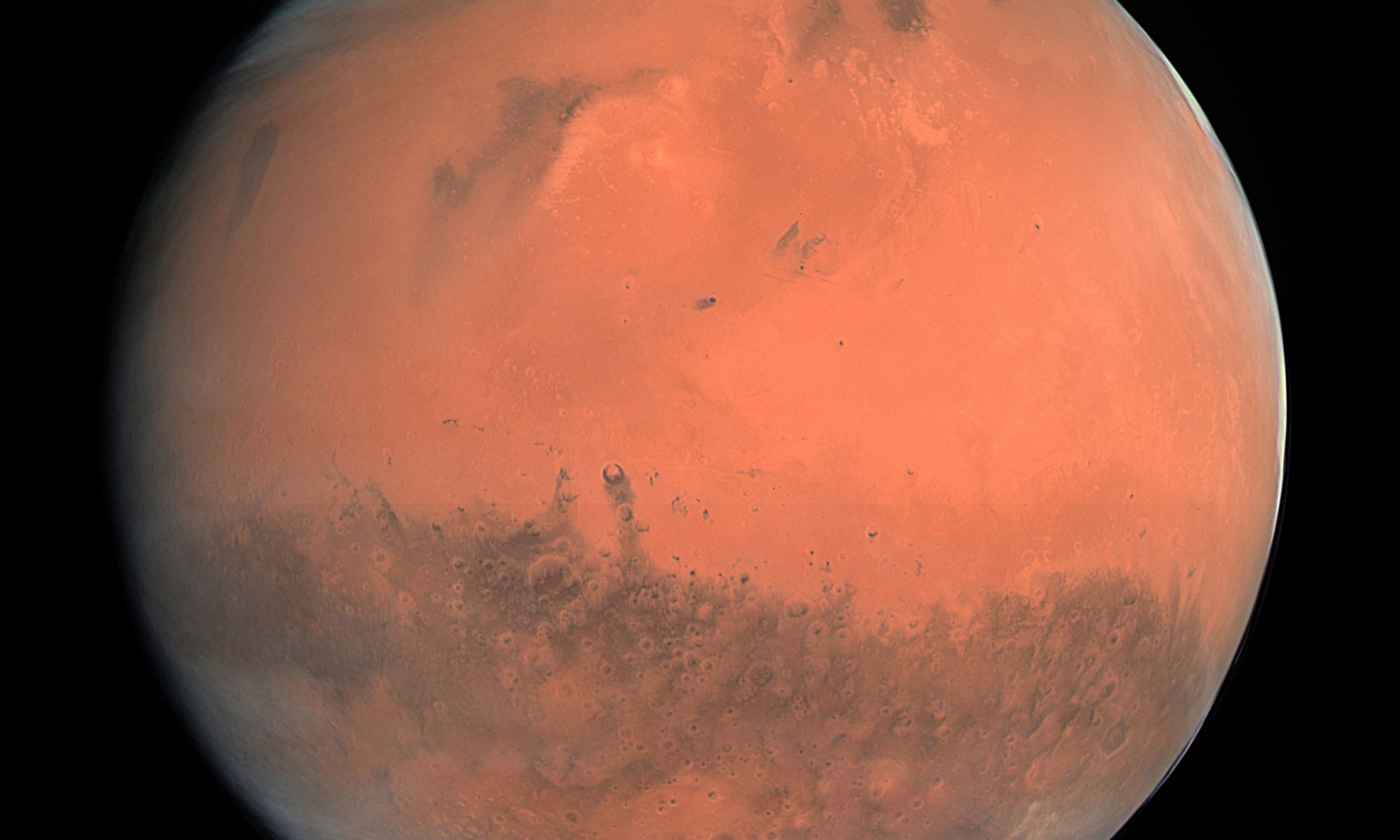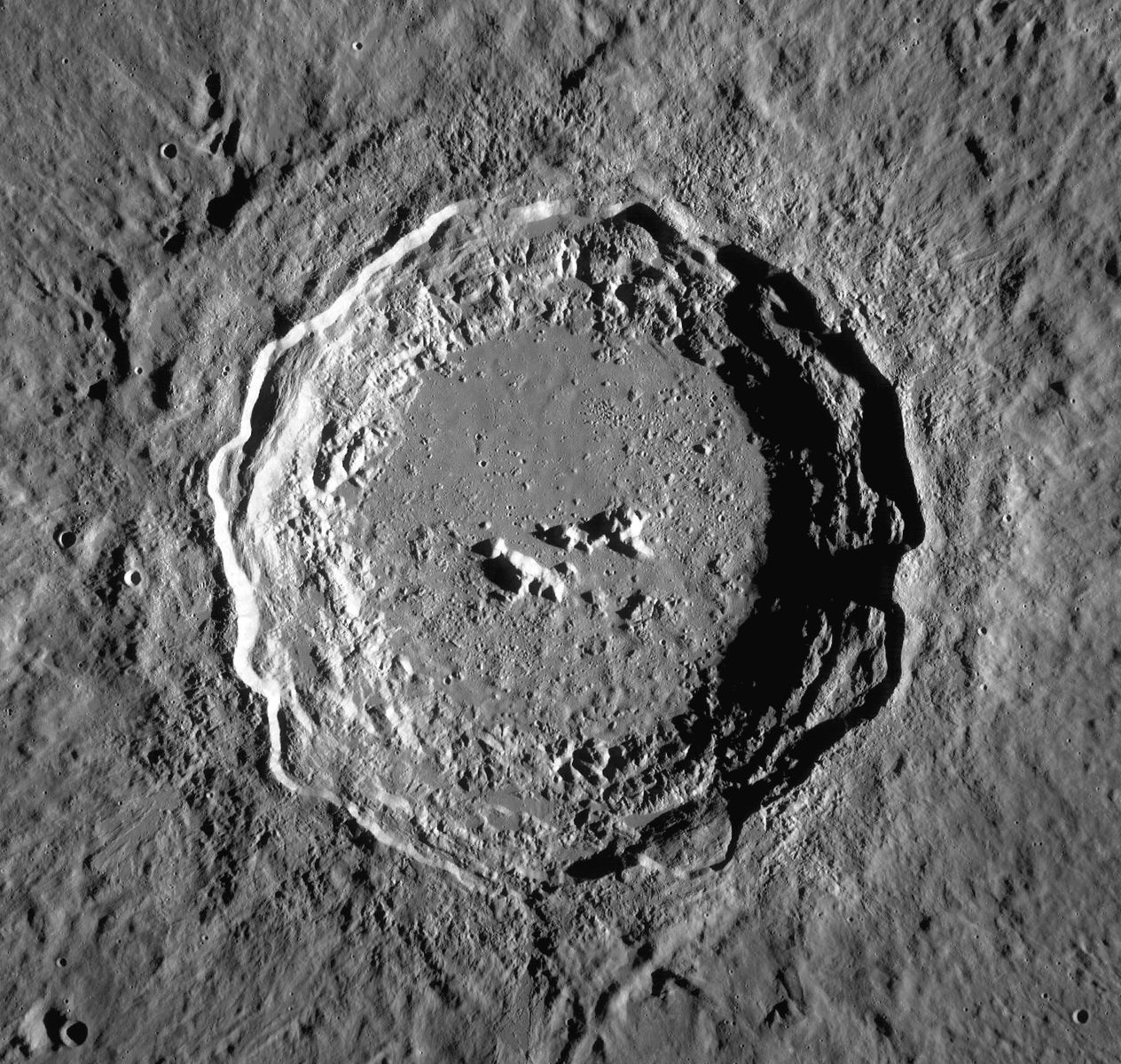In a recent study submitted to High Energy Astrophysical Phenomena, a team of researchers from Japan discuss strategies to observe, and possibly predict precursor signatures for an explosion from Local Type II and Galactic supernovae (SNe). This study has the potential to help us better understand both how and when supernovae could occur throughout the universe, with supernovae being the plural form of supernova (SN). But just how important is it to detect supernovae before they actually happen?
Continue reading “Can Astronomers Predict Which Stars Are About to Explode as Supernovae?”Flying to (Hypothetical) Planet 9: Why visit it, how could we get there, and would it surprise us like Pluto?
In a recent study submitted to Earth and Planetary Astrophysics, an international team of researchers discuss the various mission design options for reaching a hypothetical Planet 9, also known as “Planet X”, which state-of-the-art models currently estimate to possess a semi-major axis of approximately 400 astronomical units (AU). The researchers postulate that sending a spacecraft to Planet 9 could pose scientific benefits much like when NASA’s New Horizons spacecraft visited Pluto in 2015. But does Planet 9 actually exist?
Continue reading “Flying to (Hypothetical) Planet 9: Why visit it, how could we get there, and would it surprise us like Pluto?”Using Virtual/Augmented Reality and Holoportation to Help Improve Mental Health for Future Mars Astronauts
We recently explored how the Apple TV+ series, For All Mankind, gives us a harsh reality check about the harshness of human space exploration. In the show, astronauts struggle, some go crazy, and a lot of them die in the pursuit of planting our flag just a little farther from home. We discussed how while For All Mankind is both science fiction and takes place in an alternate universe, our future Artemis and Mars astronauts will very likely endure the same struggles and hardships as the show’s beloved characters.
When Artemis astronauts finally land on the Moon, they’ll be there anywhere from a few days to a few months. While the Moon is only a few days travel time from Earth, Artemis astronauts may still get a little cranky being stuck in their habitat and unable to go outside without a spacesuit.
Continue reading “Using Virtual/Augmented Reality and Holoportation to Help Improve Mental Health for Future Mars Astronauts”New Animation Shows how the Artemis Missions Will use the Lunar Gateway and a Starship to put Humans Back onto the Moon
A recent YouTube video made by YouTube account, Hazegrayart, combines awesome computer animation, great music, and crisp archived audio recordings to show how NASA’s future Lunar Gateway will function for the upcoming Artemis missions. The archived audio recordings encompass only about a third of the short four and a half minutes of video, with almost the entire length being filled with a very relaxing soundtrack as the viewer is left fixated watching a slow and methodical ballet of spaceships come together at Gateway.
Continue reading “New Animation Shows how the Artemis Missions Will use the Lunar Gateway and a Starship to put Humans Back onto the Moon”‘For All Mankind’ Gives Harsh Reality Check About Human Space Exploration

* Warning: Mild Spoilers Ahead *
The Apple TV+ series, For All Mankind, just wrapped up Season 3 and is a smash hit for both critics and fans, garnering Rotten Tomatoes ratings of 90% and 81%, respectively. It’s a show that (probably) came about from the Amazon hit, The Man in the High Castle, which depicted a world after the Allies lost World War II, and also garnered favorable ratings of 84% and 81%, respectively, having both fantastic characters and writing.
Continue reading “‘For All Mankind’ Gives Harsh Reality Check About Human Space Exploration”What is ISRU, and How Will it Help Human Space Exploration?

As Artemis 1 prepares for its maiden launch with the goal of putting astronauts back on the Moon’s surface within the next few years, the next question is how will astronauts live and survive its surface? Will we constantly ferry all the necessary supplies such as water and food from Earth, or could astronauts learn to survive on their own? These are questions that a discipline known as ISRU hopes to answer both now and in the years to come. But what is ISRU, and how will it help advance human space exploration as we begin to slowly venture farther away from the only home we’ve ever known?
Continue reading “What is ISRU, and How Will it Help Human Space Exploration?”Rocket Lab is Sending its own Mission to Venus to Search for Life
In a recent study published in Instrumentation and Methods for Astrophysics, the private space company, Rocket Lab, outlines a plan to send their high-energy Photon spacecraft to Venus in May 2023 with the primary goal of searching for life within the Venusian atmosphere. The planet Venus has become a recent hot topic in the field of astrobiology, which makes the high-energy Photon mission that much more exciting.
Rocket Lab hopes to build off their recent successful launch of the CAPSTONE mission using its Photon satellite bus, and consists of a CubeSat designed to study the near rectilinear halo orbit (NRHO) around the Moon and its applications for long-term missions such as Gateway.
Continue reading “Rocket Lab is Sending its own Mission to Venus to Search for Life”Astronauts Going to Mars Will Receive Many Lifetimes Worth of Radiation
In a recent study published in Space Physics, an international team of researchers discuss an in-depth study examining the long-term physiological effects of solar radiation on astronauts with emphasis on future astronauts traveling to Mars, to include steps we can take to help mitigate the risk of such solar radiation exposure. The researchers hailed from the United Arab Emirates, New Zealand, India, United States, Italy, Greece, and Germany, and their study helps us better understand the in-depth, long-term health impacts of astronauts during long-term space missions, specifically to Mars and beyond.
Continue reading “Astronauts Going to Mars Will Receive Many Lifetimes Worth of Radiation”Impacts From Interstellar Objects Should Leave Very Distinct Craters
In a recent study submitted to Earth and Planetary Astrophysics, a team of researchers from Yale University investigated how to identify impact craters that may have been created by Interstellar Objects (ISOs). This study is intriguing as the examination of ISOs has gained notable interest throughout the scientific community since the discoveries and subsequent research of ‘Oumuamua and Comet 2I/Borisov in 2017 and 2019, respectively. In their paper, the Yale researchers discussed how the volume of impact melt within fixed-diameter craters could be a possible pathway for recognizing ISO craters, as higher velocity impacts produce greater volumes of impact melt.
Continue reading “Impacts From Interstellar Objects Should Leave Very Distinct Craters”Will Europa finally answer, ‘Are we alone?’
While NASA’s much-lauded Space Launch System stands ready for its maiden flight later this month with the goal of sending astronauts back to the Moon in the next few years, our gazes once again turn to the stars as we continue to ask the question that has plagued humankind since time immemorial: Are we alone? While there are several solar system locales that we can choose from to conduct our search for life beyond Earth, to include Mars and Saturn’s moons, Titan and Enceladus, one planetary body orbiting the largest planet in the solar system has peaked the interest of scientists since the 1970s.
Continue reading “Will Europa finally answer, ‘Are we alone?’”
